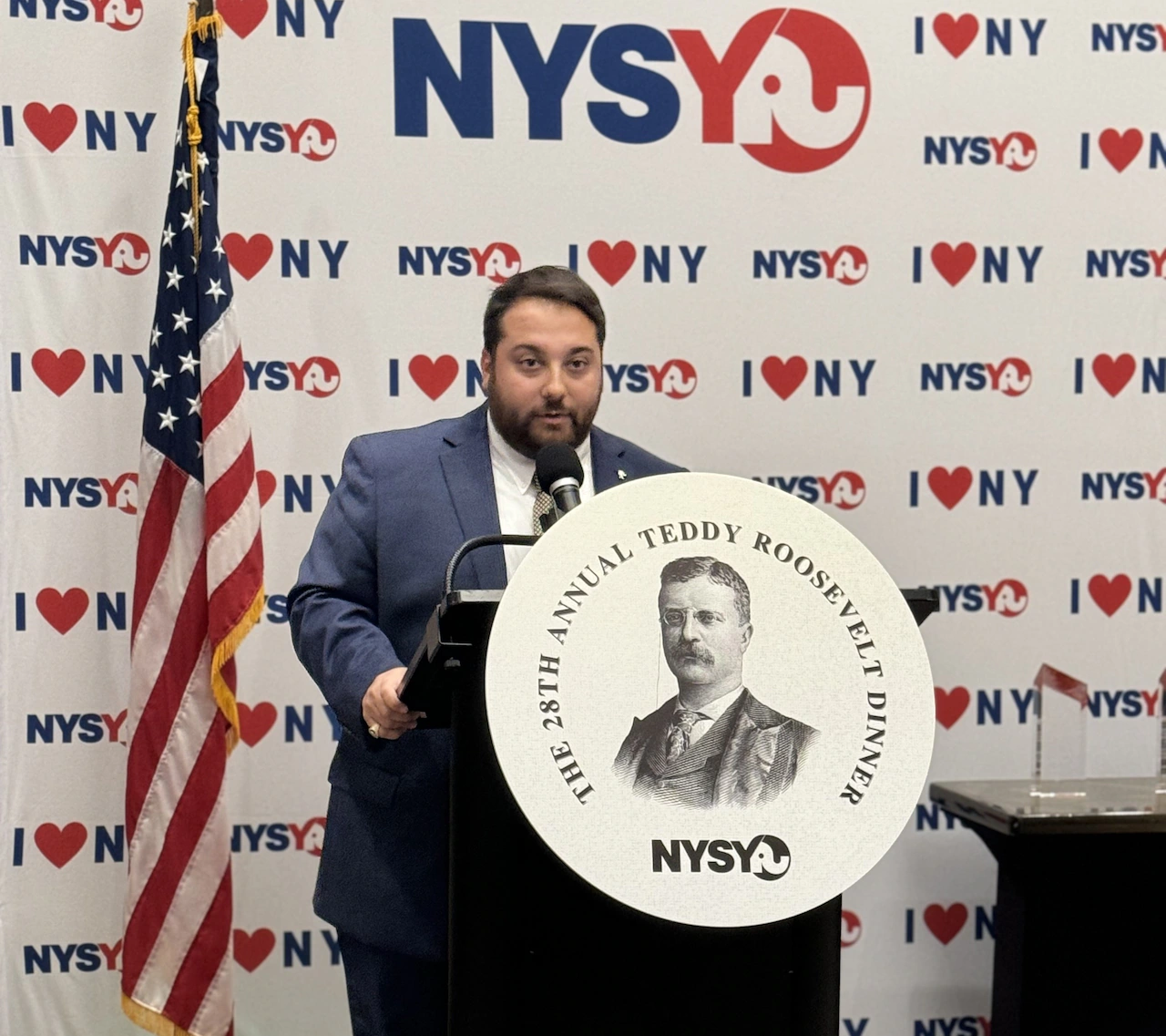Copyright Adweek

This post was created in partnership with Cognitiv In marketing, AI is most broadly known for developing creative assets and saving teams valuable time. But given the wealth of available data from multiple parties, AI tools can also surface actionable insights to better target new and existing consumers while measuring the results. To provide personalized, frictionless consumer experiences, brands need increasing quantities of creative assets. Smart marketers are meeting that demand by applying AI holistically. During a Brandweek 2025 panel discussion co-hosted with Cognitiv, marketing and media executives from Cognitiv and Kellanova discussed how to harness deep learning and AI to enhance forward-looking marketing strategies. The AI journey The conversation began with the speakers sharing their companies’ journeys with AI. Eric Danetz, president of Cognitiv, explained that the company was founded in 2015 as a deep learning advertising platform. “We were doing AI literally a decade ago in order to better understand the user journey, the nuance of that, and being able to activate specifically in the programmatic ecosystem.” At the time, companies were reacting to cookie deprecation, looking for solutions. When Cognitiv launched, “first-party data was the fuel that created the algorithms.” This allowed the company to specifically target highly defined KPIs, including incrementality and lifetime value. Knowing it would not have enough source material with just first-party data, Cognitiv pivoted to context, partnering with OpenAI and building ContextGPT. Within contextual environments, Cognitiv saw powerful signals. “We went from lower funnel and high performance and being able to leverage algorithms for performance, to moving to mid funnel and upper funnel leveraging context,” Danetz shared. “The combination of that is very, very powerful.” Kellanova also started using AI before generative AI solutions were available. With about 50 million consumer data records, “we knew that was going to be a huge advantage for us as an organization to get us closer to the consumer, to really understand what makes them tick,” said Nicole Vinson, VP of global digital, media, and omni-shopper experience at Kellanova. Cookie deprecation began creating challenges for Kellanova, but it also created opportunities to connect first-, second-, and third-party data for a more holistic consumer view, seeding creative and timely omnichannel solutions. The AI approach While AI helps companies identify more detailed customer nuances, insights are only as good as the data. AI is the machine, data is the fuel. “Over time … we’re seeing the difference between the right data in and not,” Danetz said. The data source and data quality are key, as are understanding what outcomes are realistic from that. Before implementing an AI project, Vinson starts with a clear business problem, bringing in teams to determine what they are solving for. Next, she considers whether Kellanova has the right data and resources to solve it. Lastly, Vinson sees if they have the right data governance and AI ethics in place to answer that question. Kellanova relies on an AI council, a cross-functional group including C-suite leaders, data analytics, and functional teams. “We vet the different use cases. We look at it from a privacy and security perspective. We look at it from an ethics perspective,” she said, along with pinpointing whether any internal groups have launched similar projects. Vinson recommends brands start with a specific use case and pilot to prove it works and has scalability. “Change management is critical,” she added. “You need to think about your leadership team and those who are supporting all these types of initiatives because you need to be able to fail fast and pivot,” she continued. AI projects require a constant test-and-learn mindset, as the pilot may fail on the first try. How AI and deep learning impact targeting and prospecting As technologies improve, Cognitiv is not looking at linear insights. “It’s actually a longer process for which we’re working together, and we’re looking to garner insights and then leverage those insights in real time,” Danetz said. The campaign can pivot in real time based on what is or isn’t working and where the campaign needs to go. “The right creative, the right environments, the right demographic …. all of these things are now being surfaced in real time, when, historically, that wasn’t the case,” Danetz explained. For Kellanova, Vinson detailed how the company changed its approach to marketing Special K in the U.K., building its own data models to understand and target high-propensity buyers. “We saw a 36% increase in lift by using this new approach to these audience insights,” she said, including that it helped guide the organization in changing the creative to serve different consumer groups. Danetz concluded the session, sharing, “Everybody in this room and otherwise should take that next step and feel comfortable digging in and seeing what you can be doing. That creates more efficiency, more accuracy—a better, fluid process.”



